Home \ Project News \ Polar Bear: I Don't Want "Hiccups"
Author: Le Hongyu, promoter of low carbon project team
As the climate is getting warmer and the Arctic and Antartic glaciers are melting, polar bears may have been swimming in the sea for a long time and haven't found any ice floes to rest on. They may have been starving for days because they haven't found any food.
The environment on which polar bears depend is slowly being destroyed, because of global climate change.
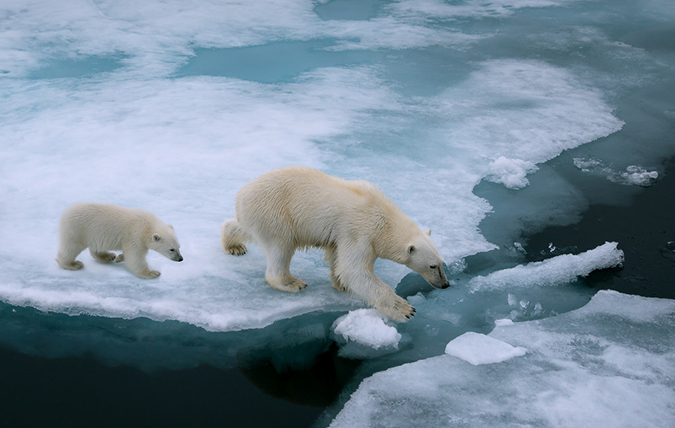
(the above picture is from the Internet)
In order to let the children in the preschools have a correct understanding of the impact of climate change, our low carbon project team came to Jiangdong Garden Kindergarten in Kunming City to explore the secrets of climate change with the children, and see how the polar bear is recently.
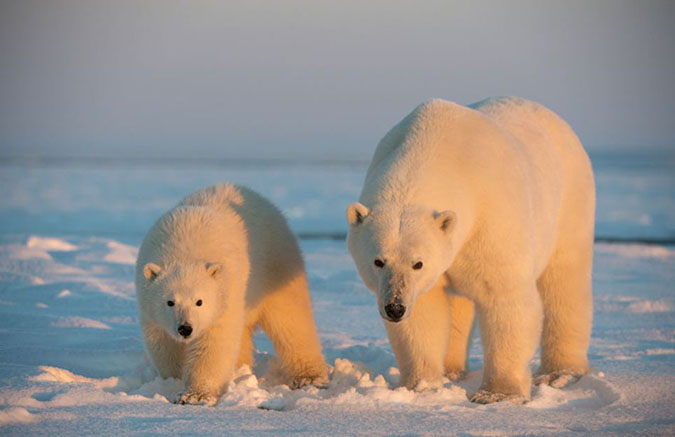

(the above two pictures are from the Internet)
"One day I want to see that the polar bears can have a castle in winter..."
“Let's protect the environment and turn off unnecessary electrical appliances; Let's protect the environment and keep sorting waste in our minds......"
Singing the Song for Environmental Protection, the kids all know that today we were going to help the lovely polar bears guard their castle.
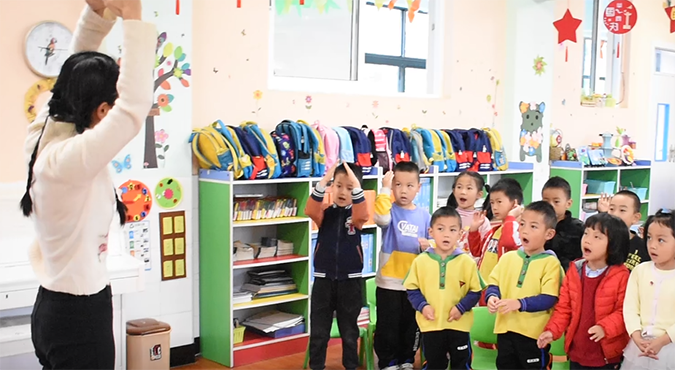
When asked if any children can hiccup, they all covered their mouths and giggled. It seemed that everyone was familiar with hiccups. Therefore, we used the term "hiccup" to lead the children to think and discuss why cars and airplanes also "hiccup", and where the gases were emitted when they "hiccup"?
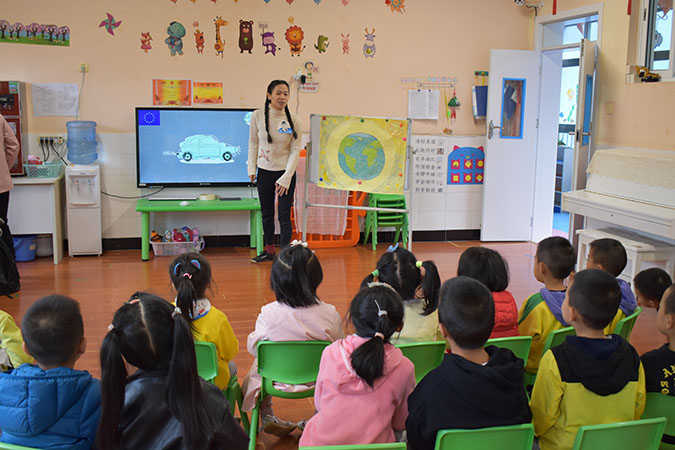
This time, the children turned excited, raising their hands to answer: "The air of airplane hiccups is in the sky." "And car hiccups in parking lots and on roads."......
Children aired their views freely, tracing the footprints of “hiccups”. It turns out that the gas emitted by the hiccups finally goes to a very high altitude.
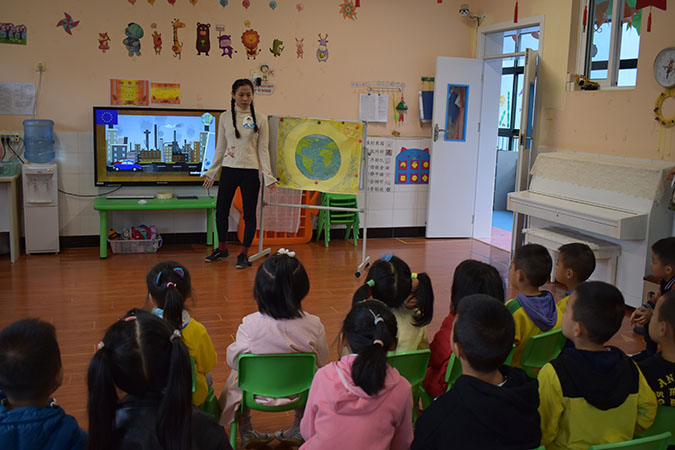
At this time, we took the children along the “hiccups” to explore the atmosphere, and found that these “hiccups” have a common name called "greenhouse gas".
What is "greenhouse gas"? They are like the clothes of the earth. You will be hot if you wear more, and cold if you wear less. If there were more “hiccups”, the earth would wear more clothes. These "additional clothes" will make everything on the earth hotter and hotter. Then the Arctic glaciers where polar bears live begin to melt, making them homeless gradually.
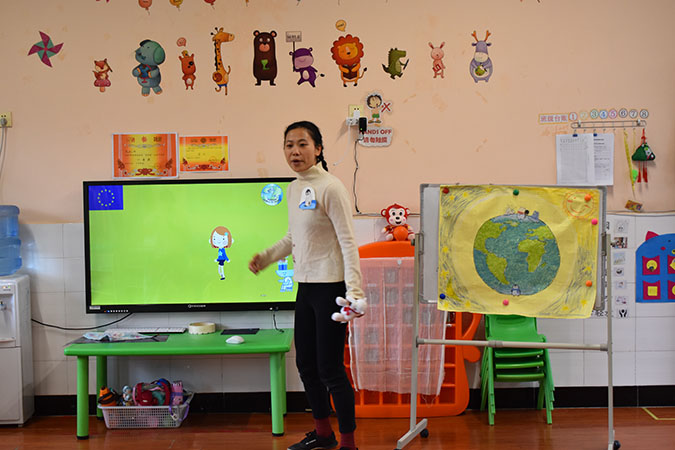
What can we do to help polar bears protect their beautiful ice castle?
The children began to come up with ideas, such as "reducing hiccups”, "make ice cubes for the polar bears"......
In daily life, we can cut down on hiccups by reducing car travel, turning off the lights when leaving, and sorting out the garbage. Planting trees is also a good way to help the earth to remove clothes, so that the earth won't be very hot to melt the glaciers polar bears live by.
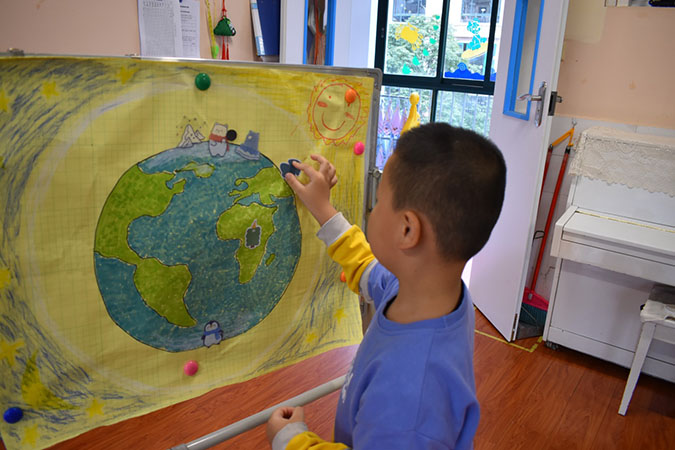
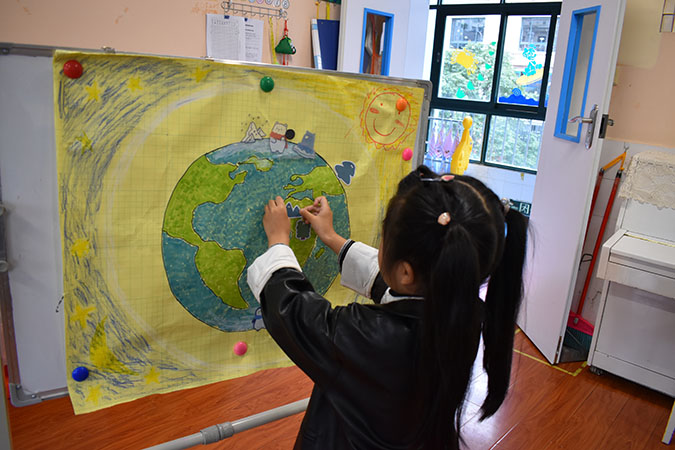
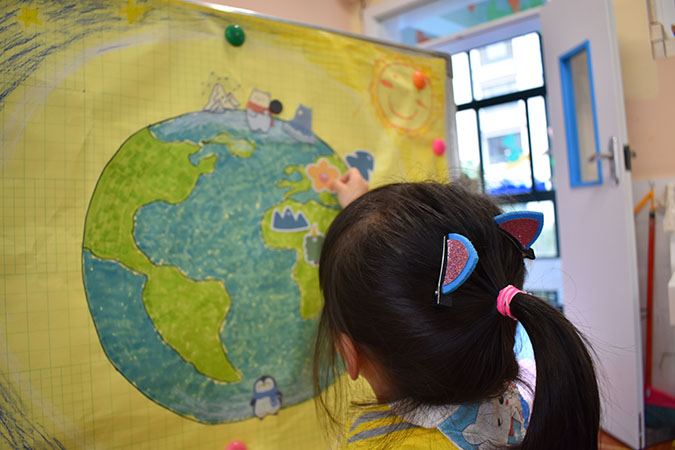
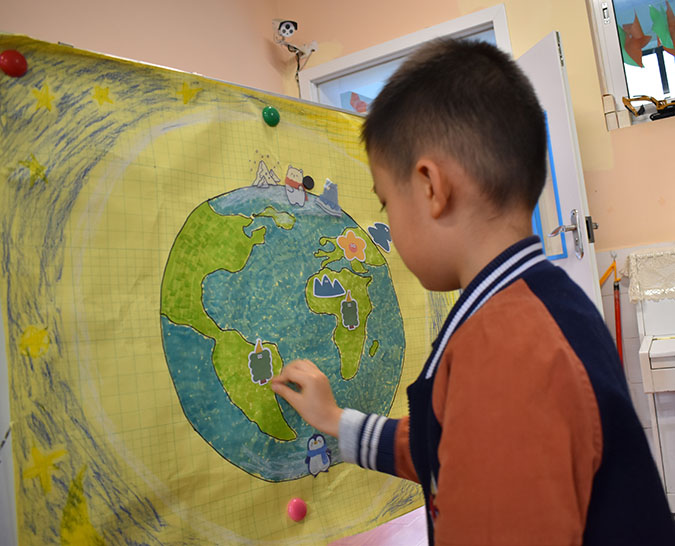
With the joint efforts of all, our earth bursts into life. Not just polar bears, but other lovely animals live happily together.
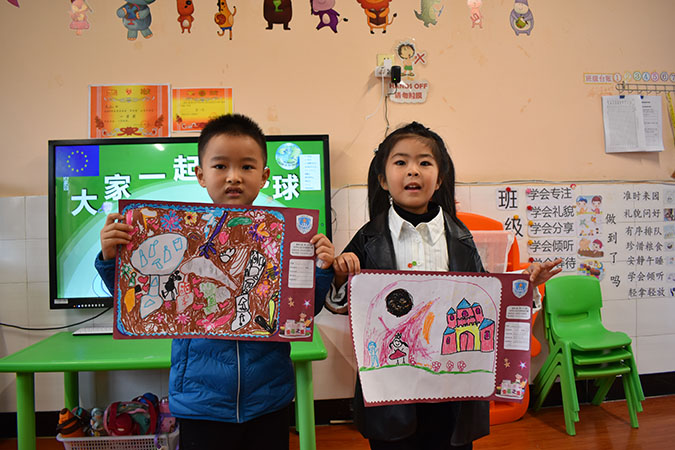
Two children also show us their own works actively, by introducing their paintings about "garbage classification", "living in the castle happily" to share us the beautiful home.
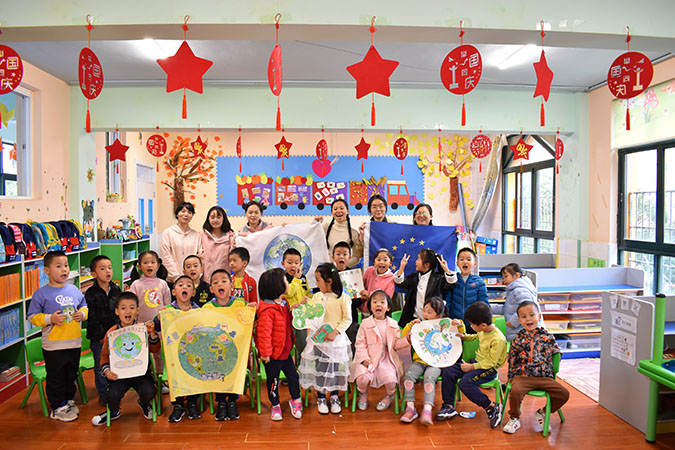
Reducing "hiccups" and helping polar bears to protect their castle, we are all little guardians of the polar bears and the earth!
Project introduction:
Co-funded by the European Union and the People to People Foundation (Spanish member of HPP), the Yunnan Low-carbon Schools Pilot Project is implemented in cooperation with the International Humana People to People Movement (Switzerland) Yunnan Representative Office, Yunnan Academy for Science and Technical Information, Southwest Forestry University and Chinese Youth Climate Action Network, with a project cycle from January 1, 2020 to December 31, 2023. The project begins by increasing partners’ awareness and advocacy on climate change mitigation and environmental protection, by raising climate change awareness among 600 schools, 70,000 students and teachers, determine the emission benchmark through basic calculation, and then implement emission reduction work. Use science, technology, innovation and other means to respond to “climate action” to accelerate environmental sustainability and promote the transition from green campuses to low-carbon and carbon-neutral campuses.


This project is supported by the European Union and the People to People Foundation (Spanish member of HPP).
The article only represents the author’s personal views, and is not related to the funder.